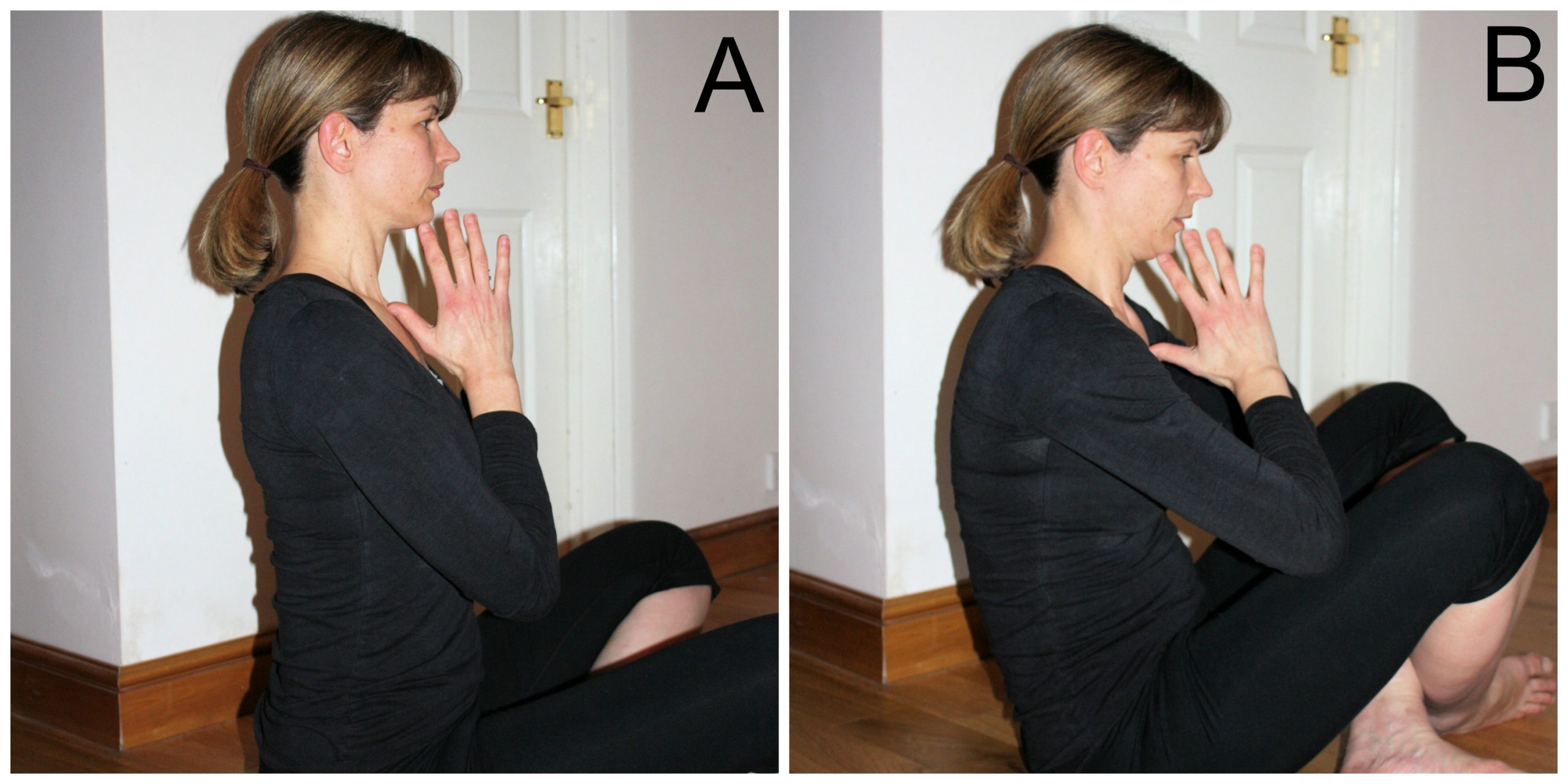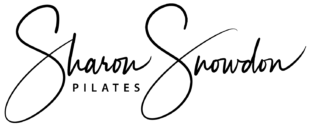People attend Pilates classes for many different reasons. Maybe it was a friend who recommended it, perhaps an osteopath suggested you needed to strengthen your core or maybe you were looking for a class to ease some general aches and pains and improve your posture. Whatever your reason, you want to notice and feel the benefits so here are my top tips to get the most out of your weekly class:
Practice in Comfort
What you wear to a Pilates class can help or hinder your practice. Stretchy, non-bulky clothing is a must so no combat style shorts or anything with a hood! I’m not suggesting you go and blow a fortune in Lululemon (although that can be an enjoyable experience too!) but some soft, flexible clothing will allow you to move freely through the hips, knees and shoulders.
A yoga mat may be OK for a while but it’s worth remembering that Yoga and Pilates are two very different disciplines. A yoga mat needs to be thin and sticky so that you can maintain good stability in balance poses, however a Pilates mat needs to be thicker to cushion your joints and spine. I recommend getting a mat that is at least 14mm thick but not too soft – a squidgy surface will affect your ability to maintain good alignment.
Use a Head Support Wisely
This is really important because if you get it wrong you will throw your spine out of alignment before you even begin exercising.
If, when lying in the supine position, you feel like your head is dropping back and your chin is lifting towards the ceiling (B), first try a gentle ‘nod’ of the head to bring your chin towards your chest. You should feel the back of your neck lengthen and this may be enough to correct your alignment (A). If, however, your neck is still extended, place a folded towel or cushion under your head to raise it slightly and then ‘nod’ again to lengthen the neck.
Using a towel unnecessarily and lifting the head too high will result in neck flexion (C) and the feeling that your chin is being jammed in to your chest which is not good alignment either so if you’re unsure ask your instructor to check your alignment.

Lift Yourself off the Floor for Seated Work
If we take the Spine Twist as an example, we ideally want the spine and pelvis to be as close to neutral as possible (A). However, if you have tight back muscles or hamstrings you may find that your seated posture is far from ideal (B). Sit in front of a mirror and check your posture – if your spine is rounded (flexed) and your pelvis is tilted back then try sitting on a cushion. By raising your body just a few inches off the floor you will find it much easier to lengthen your spine and correct your pelvic tilt and therefore benefit more from the exercise, the main focus of which is thoracic mobility.

Make the Mind/Body Connection
Pilates is regularly promoted as a ‘Mind Body’ class and the connection between your mind and body really is crucial while performing the exercises. If you allow your mind to wander and simply ‘go through the motions’ you are really missing out. Aim to keep your mind focussed on the movement you are performing. Pay attention to your alignment and notice how your body responds as you execute the exercise. If you’re tired you may need to simplify the movement or, alternatively, you may feel ready to challenge yourself and increase the intensity. But don’t expect your body to respond in exactly the same way, week after week. The better you get at maintaining the mind/body connection, the more you will understand your body.
Let the Movements Flow
I know it’s frustrating when there’s one particular move that is proving to be tricky and you feel that you’re not progressing. The temptation is to use more force or try and muscle your way through the movement. STOP!
Your deep core muscles are designed for endurance not sudden bursts of power or strength so if you’re straining and twisting to sit up from the floor in a Roll Up, for example, not only are you straining and twisting your body, but you’re also relying too much on the stronger, superficial muscles for the movement. When you attend a Pilates class it’s not about keeping up with the other people in the room. Work at a level that is right for YOU. Remember, we all have postural and muscle imbalances that make some exercises more challenging than others.
If you’re Unsure, Ask
Perhaps there is a particular exercise that you’re struggling with, maybe you’re not sure where you should be ‘feeling’ another exercise. Whatever it is then please ask your instructor. We love to share our knowledge and help our class members get the most from their practice.
I hope this helps you get the most from your Pilates class – please post in the comments below if you have any questions.
